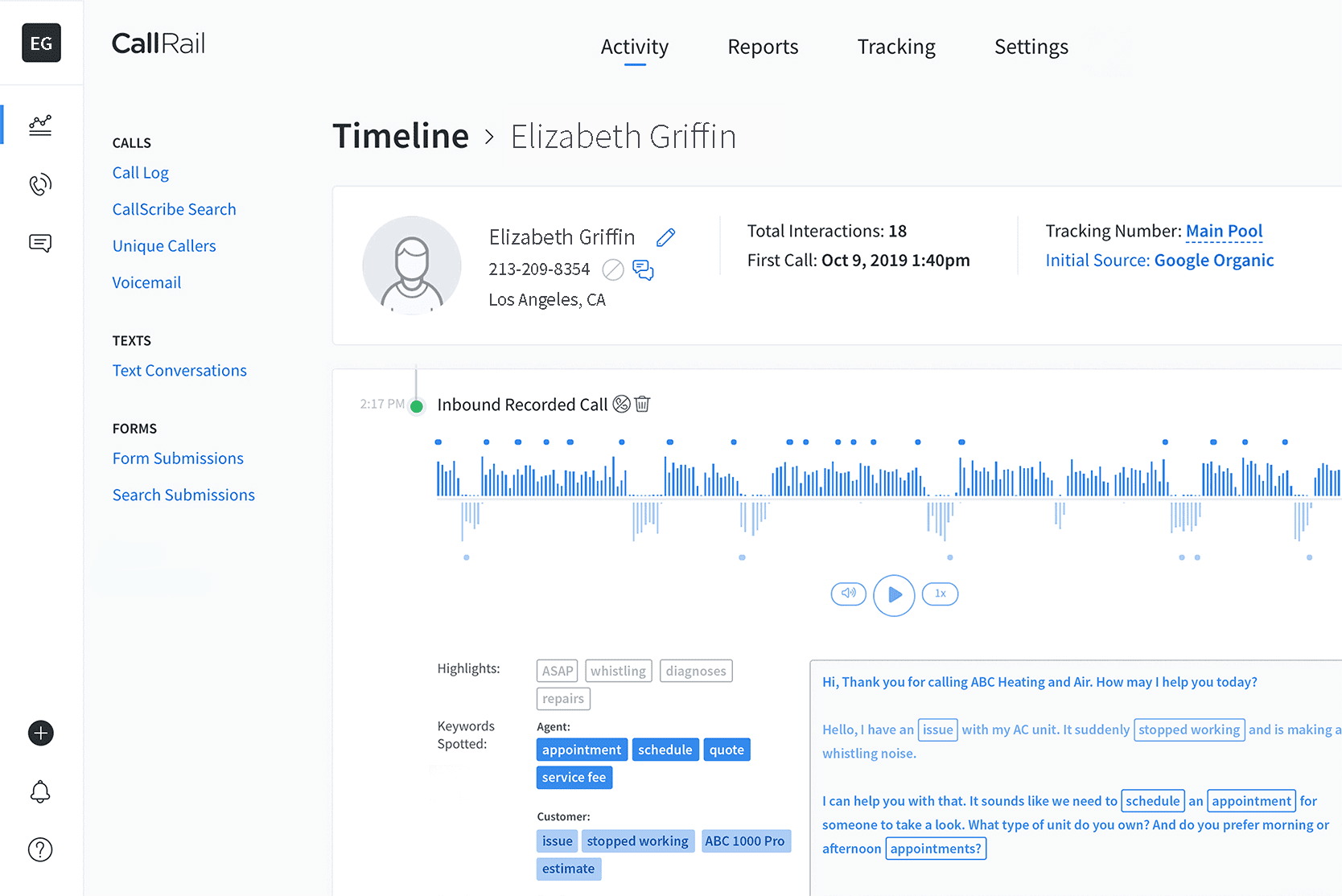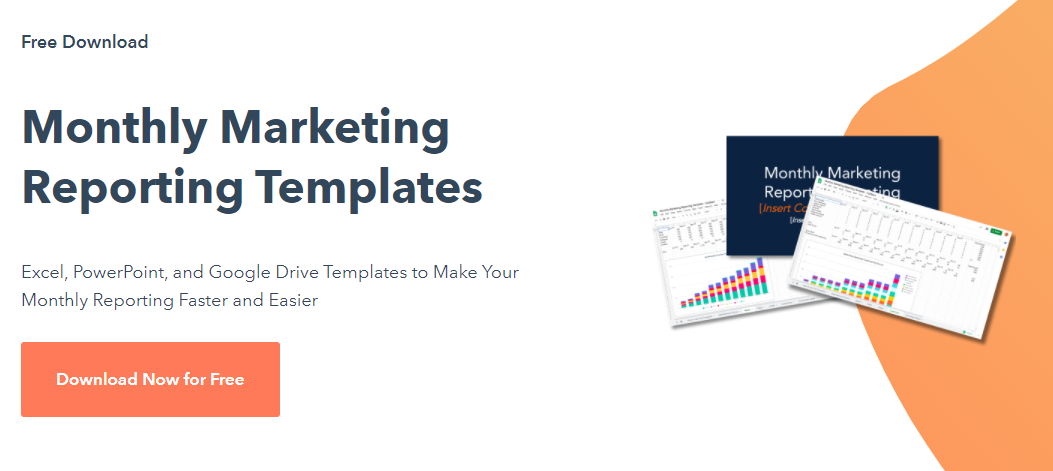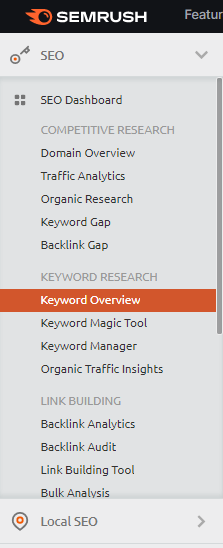Here we are with a new year, and new business climate for 2021! As the economy drags itself towards adjusting to the “new normal,” we see a business trend towards scrutinizing every dollar. We all want to make sure that our budgets are trimmed down to the most necessary spending and that each dollar is being used to its full potential. That means marketing budgets are being squeezed tight across many industries.
Now more than ever, marketing is a necessity, but how much should we be spending? What is too much? Or too little? How do you determine the full impact of your marketing strategy? That’s a tough question because marketing metrics don’t always neatly point to a specific event that produces revenue. How can you pin down the exact impact of an email campaign, when other factors are at play? If a new customer had seen an ad, subscribed to your blog, and then watched a webinar, how do you attribute the revenue? It’s not always easy to evaluate the effectiveness of a campaign when the customer journey meanders across the digital ecosystem. That’s why we’re going to look at the ways you can track return on investment (ROI) data to get the most precise answer possible.
The Basic ROI Measurement Plan
To lay the groundwork for ROI measurement, first, you have to establish your target goals. How much business do you want to generate, or rather, how much business is your operation able to handle? And then how much business does your marketing plan bring in? If possible, gather some historical data from your past business records. Going back to the beginning, you can track how much business you did before you ever started marketing. That answer might be “zero” for most, but your CEO might have landed the first few contracts through word-of-mouth, networking, and connections.
You want to establish measurable factors in your marketing plan. Some example metrics you’ll typically measure to determine ROI include:
- Lead conversion: What volume of your target audience becomes a lead upon exposure to your campaign?
- Lead-to-customer rate: How many of those leads become cash-spending customers?
- Average revenue per customer: This can vary quite a bit, or be an easy number to guess, depending on your industry and the breadth of your scope.
- Cost of advertising: If possible, you want to slice this into a close approximation of lead per dollar spent.
Example: You’re in the home services industry, offering landscaping and exterior maintenance. Your baseline service is mowing and lawn care contracts, but you also offer fertilization, weed control, landscape maintenance, etc. A contract for bi-weekly lawn care runs an average of $900 per season, so we’ll call that the base-line customer who can be up-sold more services later. Your advertising campaign cost $1500, and you got 120 leads, of whom 40 converted to customers. That’s a healthy $37.50 per new $900 customer, for a 23-to-1 return per dollar spent. (note: your mileage may vary!)
Obviously, in the above example, the campaign was a smashing success. But if you double your ad budget next season and only get half the performance, that might tell you any number of things, such as that you’ve reached market saturation, that you’ve attracted competition, or that your previous campaign had enough reach that doubling up doesn’t create more impressions.
This formula is a rough sketch we’ll cover in detail shortly. You have a couple more things to decide on: Who tracks marketing ROI, and what tools do you use to track it. Your sales team and marketing team will likely collaborate to track ROI. Some simple tools that most digital marketers start with include:
- Call-tracking software like CallRail
- Customer relations management (CRM) software like Salesforce
- Google Analytics for website traffic
- Google Ads Manager
- Facebook Ads Manager

However, marketing ROI is not a “one size fits all” process. You might have varying levels of products and services with different market targets. It gets more complicated to track ROI as the sales cycle lengthens, such as in higher education or high-end electronics. The more marketing you do, the more difficult it becomes to understand the influence of each campaign. You also might have other business impacts to consider besides just raw sales—not everything can be measured with dollar signs.
That’s why it is essential to have a documented plan in place that will help you track and measure your marketing ROI. So now, let’s look at measuring formulas in detail:
Marketing ROI Tracking In-Depth
To start with, you might track your marketing impact at various levels, such as by the campaign, by the channel, by the targeted customer, or by the overall customer impact.
For example, universities might serve more than one tier of students. You might target marketing differently between post-grads and community-college students. You might have different channels to reach law students and engineering students. There are even scenarios where, say, a faith-based liberal-arts campus might advertise separately targeting arts students and general students who value a community based on their beliefs.
Our proper marketing ROI formula:
- [((number of leads) x (lead-to-customer rate)) x (average sales price)] – [marketing expenditure]
In our landscaping home service example, our campaign got 120 leads of whom 40 became customers, so our lead-to-customer ratio is 0.33.
Instead of going by the headcount of new customers, you might just go by pure revenue volume. You might also screen this down per individual channel, or targeted customer pool. In that scenario, you might have a year-round service and a seasonal service and want to track campaign effectiveness separately. In cases like these, you apply the ROI formula only for specific campaigns aimed at that particular tier of customer.
How about some more formulas?
- Conversion Rate: for a website, it’s simply (Conversions / total visitors) * 100
- Customer Acquisition Cost: By the campaign, it’s (marketing campaign cost / number of customers acquired during that campaign)
- Cost per lead: For just tracking leads regardless of whether they become customers, use (marketing campaign cost / number of leads acquired during that campaign)
- Average Customer Value: How much revenue does each customer pull in? (total revenue / number of orders, subscriptions, or sales)
- Customer Lifetime Value: If you get repeat business or deal in long-term relations, you’d want something like (purchase frequency * average sale * average customer lifespan)
So here’s a run-down of applying all this:
The law firm of Jones & Jones promotes its services through digital content marketing. Their website gets 220K visitors per month, and an average of 150 visitors per month use the contact form to ask for a consultation. ((150 / 220,000) * 100) = 0.06 lead rate. Of those leads, they get an average of 20 new clients per month. Lead-to-customer rate is (150 / 20) = 7.5.
However, clients spend an average of $3,000 per legal matter that needs handling; those 20 new clients per month are worth a total of $60,000 in business. In addition, clients tend to stick with a law firm they trust, so they tend to come back for other legal matters with a frequency of every two years for an average of fifteen years. Customer lifetime value = (0.5 * $3,000 * 15) = $22,500.
Their website employs a content marketing team that costs $500 per month (SEO bloggers and a social media team, with some email support for customer retention), with server costs running $99 / month (whatever the web hosting plans go for these days), round it up to $600 month in marketing. Our customer acquisition cost is just $30, for at least an ROI of $2070 and a potential lifetime value of $22,470. Outstanding! (your mileage may vary)
If you need help tracking all this, HubSpot has a free download of monthly marketing reporting templates for Excel, Powerpoint, and Google Drive.

Now, what happens if Jones & Jones starts advertising by pay-per-click ads? That’s the thing, we will want to measure the effectiveness of different marketing channels.
Customer Lead Sources
An attribution model is the rule set that assigns credit for leads to the various lead paths. Depending on the source of your leads, you may want to track by website organic leads, email marketing, events such as open houses, pay-per-click ads, etc. This will help inform you as to which channels are bringing in the big volume, and which ones are secondary.
When converting leads into customers, we talk about conversion paths. Customers who see an ad, click it, and complete a sale right away are “first-touch,” an easy sell. But maybe they went away to mull over the decision, came back to sign up for your email newsletter, received a couple of emails, and finally came back to your website to complete a transaction. That would be the “last-touch.”
Most industries sell through a multi-touch model, a path of escalating interest that may start with word-of-mouth over a social media channel, then a website visit, then a phone call, then about a week later they come by having made up their mind to give you their business. Each step built up the customer’s trust, but the final phone call gets the most credit because that was the last-touch event before the customer converted.
Whatever your marketing platforms and channels, you can build an attribution model to track your lead-to-sales performance per marketing campaign.
By the way, the need to determine marketing channel ROI is why so many companies have a customer feedback form that asks “How did you hear about us?” If you ever filled one of those out, you helped the company determine which marketing sales channel was the most effective. Provide that form for your customers if applicable.
ROI Measurement For SEO and PPC
Since most digital marketing utilizes one or both of search engine optimization (SEO) and pay-per-click advertising (PPC), it’s useful to zoom in on the tracking practices for each channel.

SEO is the more “plastic” of the two marketing methods in terms of tracking ROI. There’s less of an exact fixed cost because you’re just figuring server bill + content creators, but once that content is published on your site, it keeps pulling traffic month after month. At the same time, SEO visitors may come in, look around, bounce, come back, etc. You have no sure tracking beyond cookies to judge leads to sales. You’re more focused on building up organic brand visibility over time. There are all these fudge factors.
PPC advertising, by contrast, is a direct ad-click to lead to sale tracking all the way. Ad networks will tell you what search brought up the ad impression, how the user arrived, and so on. It’s much easier to track accurately.
For tracking SEO:
- Mastering Google Analytics is essential
- Website traffic analytics tools like SEMRush are also important
- You want to focus on conversions from organic search traffic
- You want to factor in SEO costs: site hosting and maintenance, content creation (whether in-house or outsourced), cost of SEO analytical tools, etc.
- Here’s more on SEO tracking details from Search Engine Journal
For tracking PPC:
- Most ad networks track return on ad spend (ROAS)
- ROAS is calculated by (cost of advertising / total conversion value)
- You want to factor in the cost of ad design (again in-house or outsourced), analytics tools, and of course the ad agency overhead
- Search Engine Journal on PPC tracking details
Tracking ROI becomes more complex as your business grows and your marketing efforts expand. But you can gain a surprising amount of insight into your marketing expenditure and how it translates into business. Without analytics, you’re just throwing marketing campaigns out there blindly with no idea what works and what doesn’t.
When You Have the Data, Use It
Marketing ROI tends to be viewed as an after-the-fact report. Instead, we suggest bringing that ROI data to the marketing table, for on-going review to adjust future marketing efforts. This isn’t about proving that marketing works. This is about improving your marketing ROI by finding out how it works, why it works, and what you can fix when it doesn’t work.
We all know from experience that marketing can have different effects. Have you ever muted an annoying TV commercial? Are you one of those users who runs ad-block on Firefox? Or perhaps you only make major purchases after discussing it with your spouse, who, without you quite appreciating it, might be more responsive to ads than you are? Do you scroll past the PPC listings on Google to dive into the first organic search hit that tells you what you wanted to know? Do you only do business with a company if you like their Twitter account?
There are as many ways to respond to marketing as there are customers. Whether we’re aware of it at all times or not, each of us fits a customer profile in some company’s spreadsheet. The way we respond to marketing matters. Unless we’re living in log cabins in the woods, we’re doing business with somebody, and the path from awareness to being a lead to becoming a customer is a story of marketing.
We rhapsodize about marketing, but after all, it’s our business!

